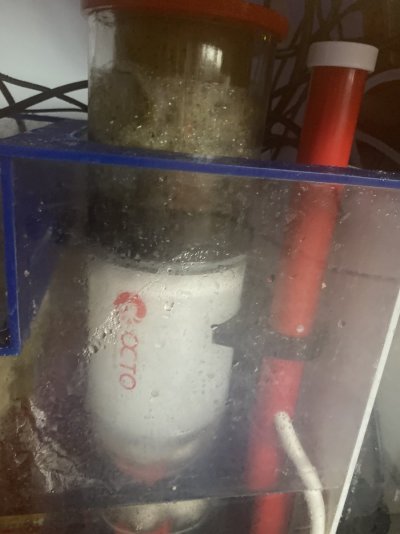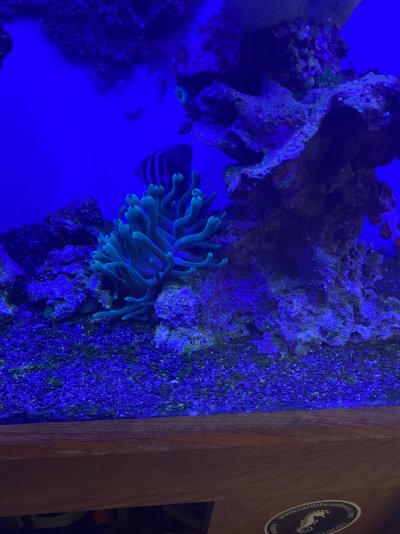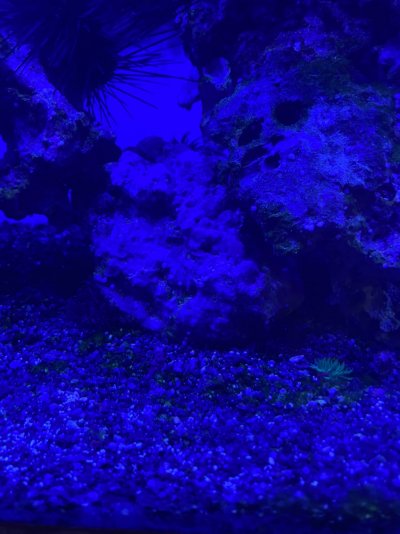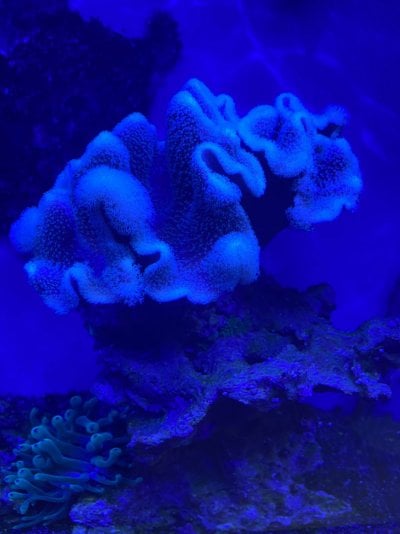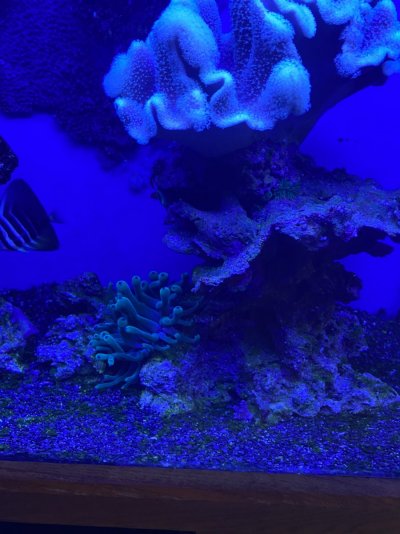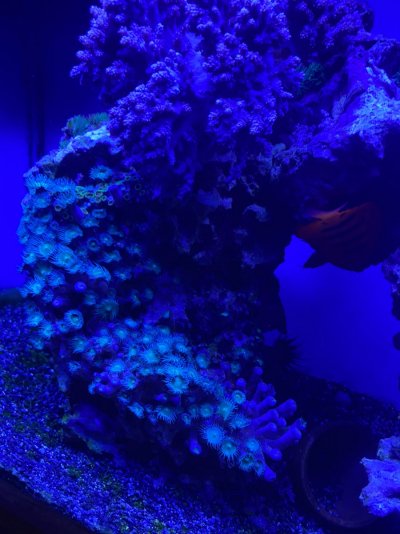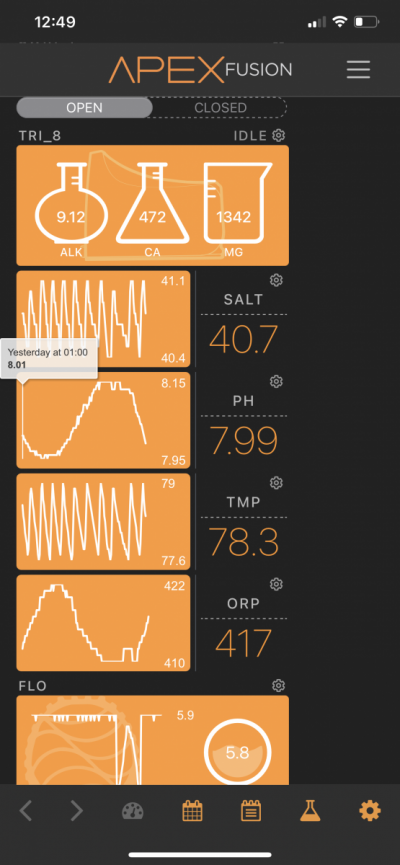About a year ago I made the mistake of buying a problem tank off Craigslist because it was a good deal (no extra charge for the algae). I’ve been fighting it on and off since. I’ve had bubble, hair, dino(I think) and most recently a red/purple one (red slime?) Also, my coral is clearly not thriving and I’ve had a few additions die by bleaching out or getting overtaken by alage. I’ve managed the issue in the past with microbactor7, clean, and vibrant. However, alage keeps coming back and it’s clear at the point that I’m not addressing the cause. Looking for a long term solution that will address this and general advise on water chemistry.
I’ve attached apex screen shots for water parameters and history, any advise on those would be appreciated and well as a plan moving forward.
I’m aware that my apex salt reading is not accurate, I test with refractometer at 1.024-1.026. Ive only ever tested phos at the fish store and I believe it was .04 (phos and nitrate test kits are on the way) and I was told to “not worry about it”. I’m thinking about dosing pho’s/nitrate per test results. Any thoughts ?
Thanks in advance for
your help
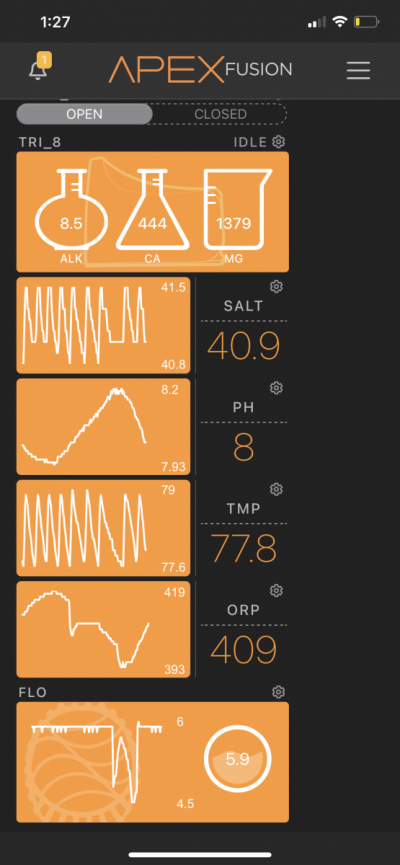
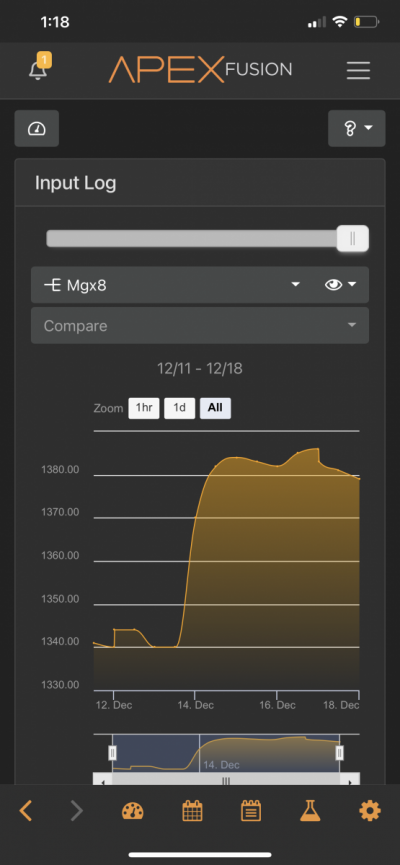
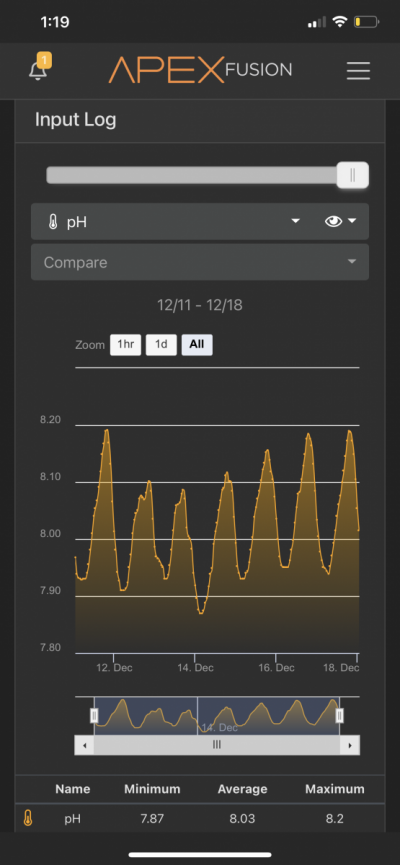
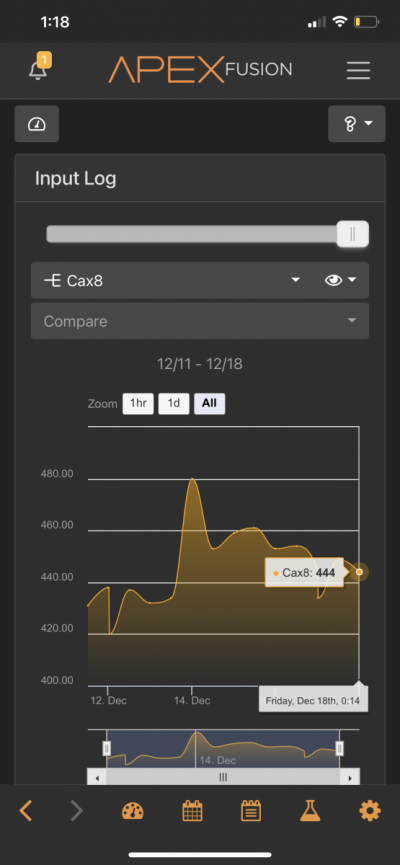
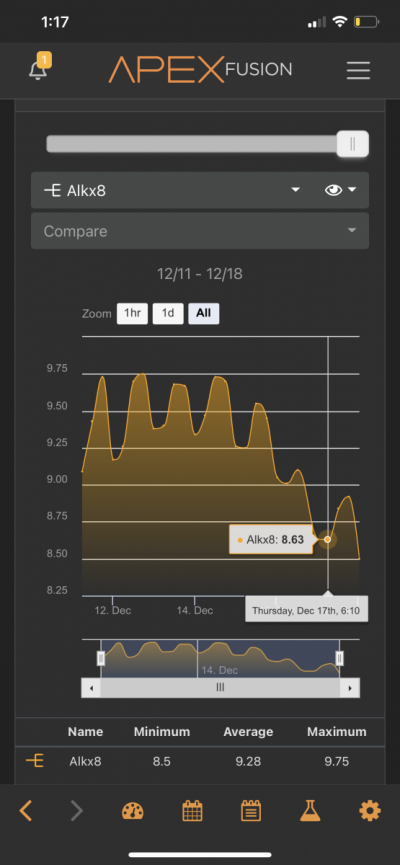
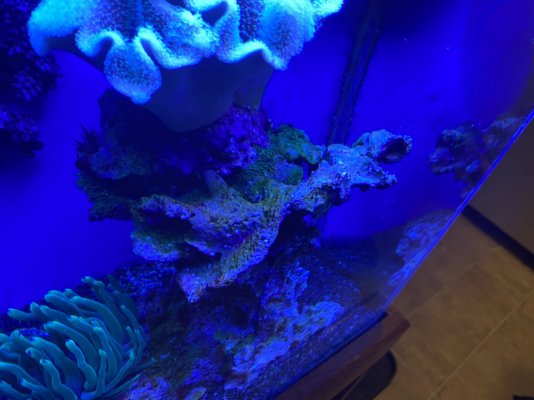
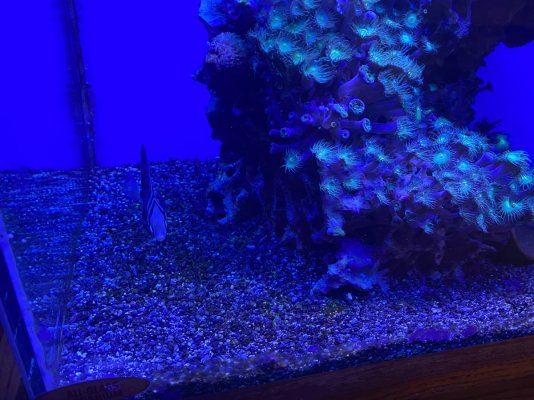
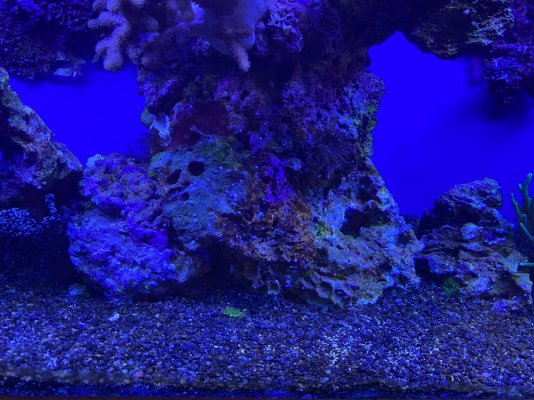
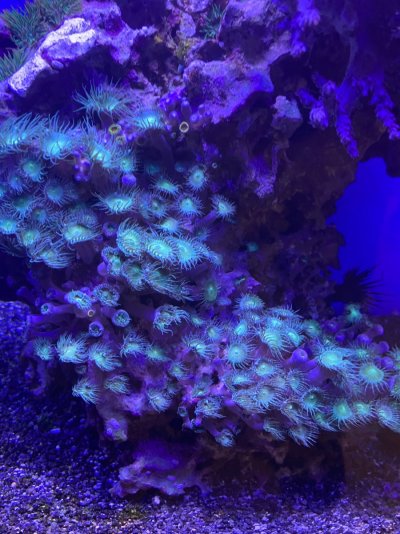
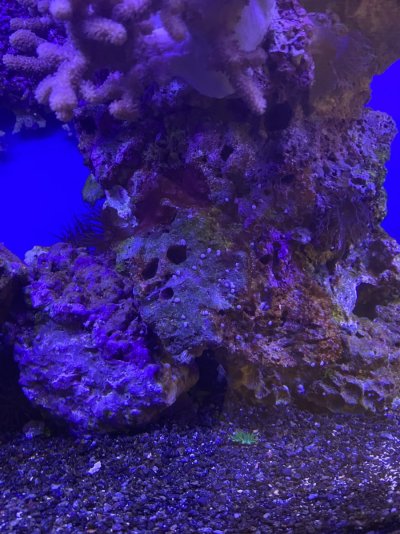
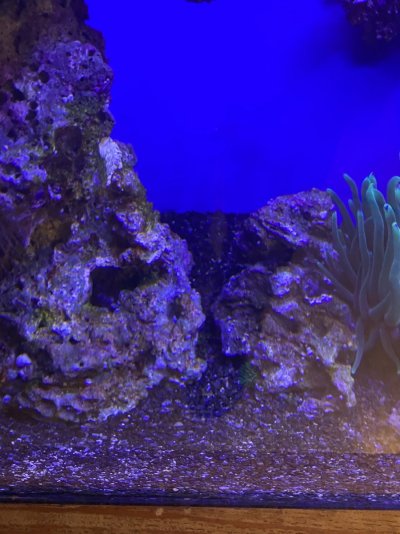
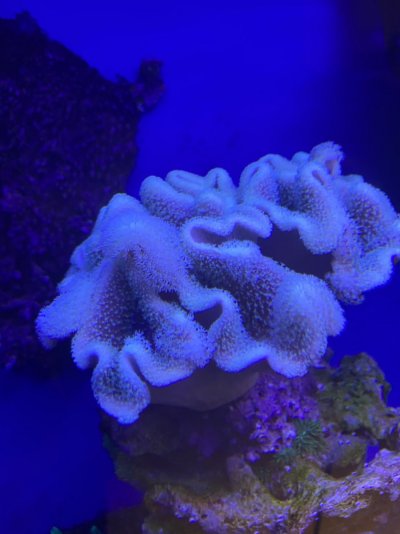
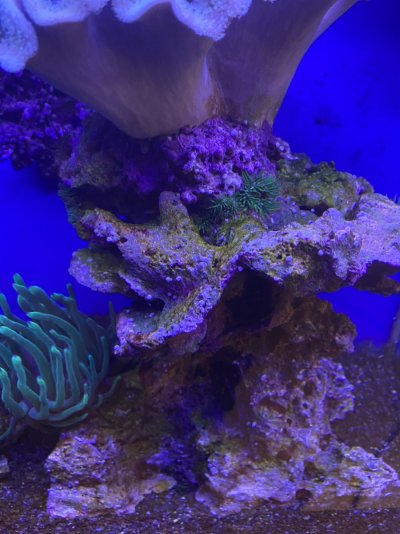
I’ve attached apex screen shots for water parameters and history, any advise on those would be appreciated and well as a plan moving forward.
I’m aware that my apex salt reading is not accurate, I test with refractometer at 1.024-1.026. Ive only ever tested phos at the fish store and I believe it was .04 (phos and nitrate test kits are on the way) and I was told to “not worry about it”. I’m thinking about dosing pho’s/nitrate per test results. Any thoughts ?
Thanks in advance for
your help

















